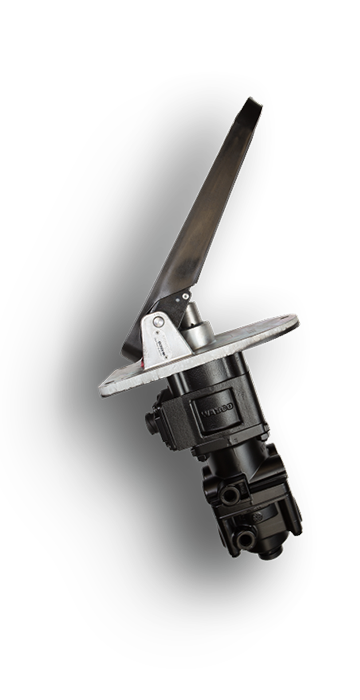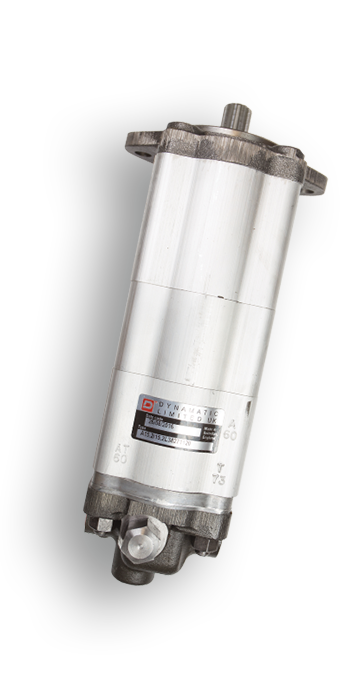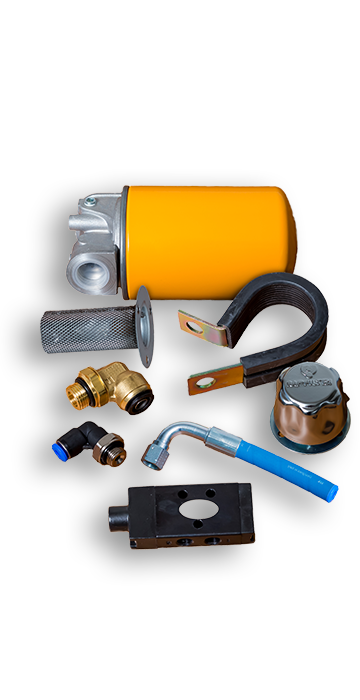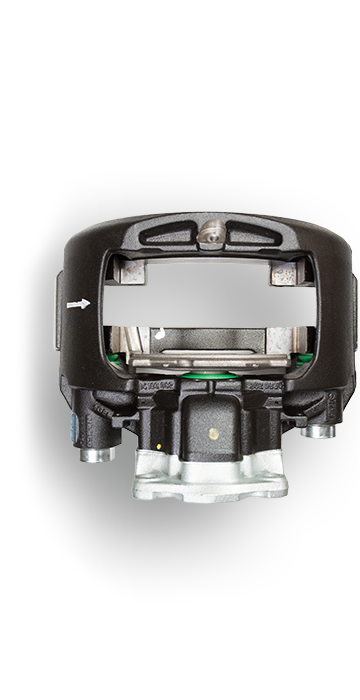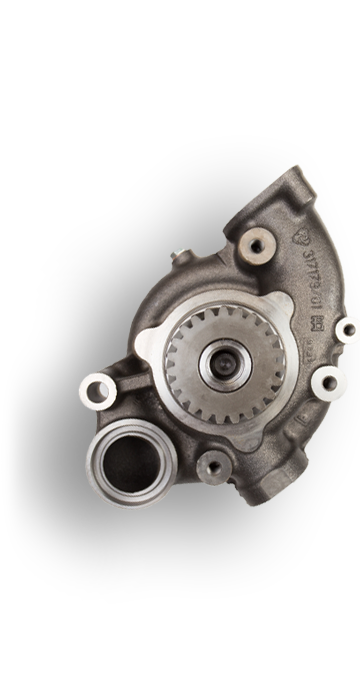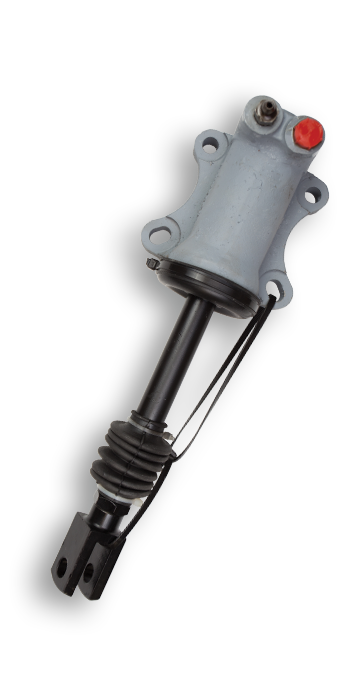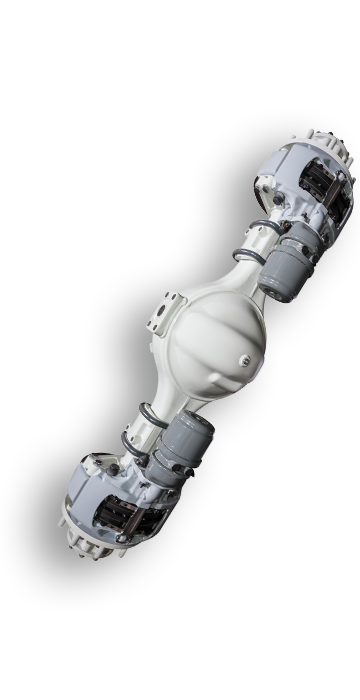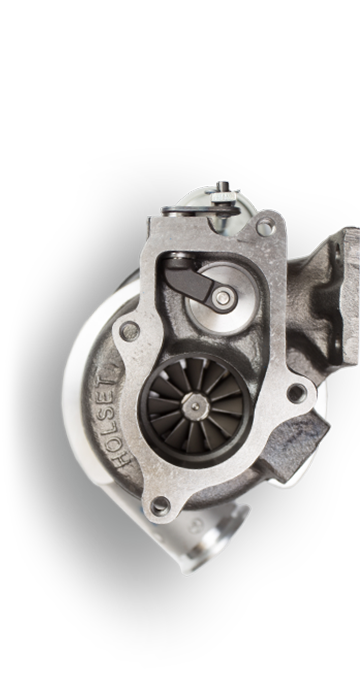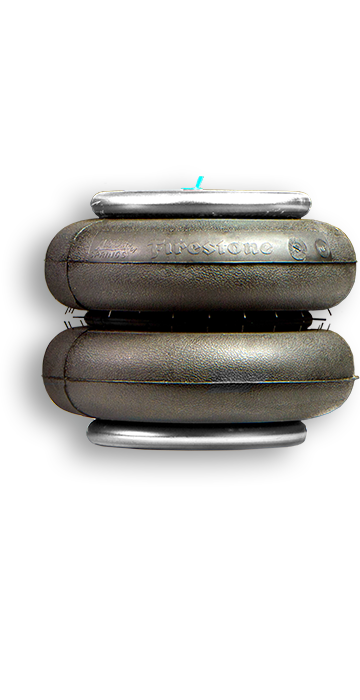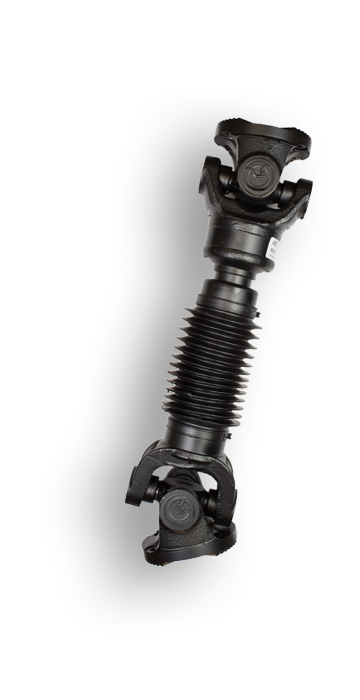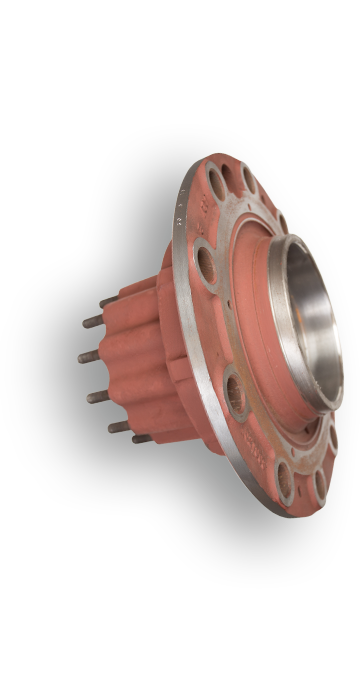Historically, bus manufacturing had its earliest origins in carriage building, where the chassis and body were developed separately, utilising two very different manufacturing processes and employing uniquely skilled engineers. Whilst some bus manufacturers had their origins in truck building, early chassis designs were shared between trucks and buses but in later years, the two forms of transport diverged as both technology and market requirements progressed.
In the past, large bus operators would maintain stocks of bus bodies and would routinely refurbish buses in a central works, where a chassis might receive a different body. One of the first integral-type bus designs combining the body and chassis was the original AEC Routemaster, whose remaining buses are still supported to this day by Imperial Engineering, for the supply and also batch manufacture of OE parts and components.
In the 1980s, many minibuses were built by applying bus bodies to van chassis, to create the so-called ‘van derived’ buses. Many of these have been replaced by purpose built designs, although for smaller minibuses this is still an option. In several parts of the world, the bus is still a basic chassis, front-engined vehicle but in more advanced countries, where manufacturers have sought to maximise the seating capacity within legal size constraints, the trend is for rear- and mid-engined designs.
In the 1990s, bus manufacture underwent major change with the introduction of low-floor designs, for improved accessibility. Some smaller designs achieved this by moving the door behind the front wheels. On most larger buses, it was achieved with various independent front suspension arrangements and kneeling technology, to allow an unobstructed path into the door and between the front wheel arches. Accordingly, these ‘extreme front entrance’ designs cannot feature a front-mounted-engined or mid-engined layout, so all are rear-engined. Some designs also incorporate extendable ramps for wheelchair access. Further disabled accessibility is being achieved for high-floor coaches, whereby new designs are featuring built-in wheelchair lifts.
While the overwhelming majority of bus designs have been geared to internal combustion engine propulsion, advances have been made in a variety of alternative drivelines and fuels, as in electric, fuel cell and hybrid.
There are three basic types of bus manufacturer:
Chassis manufacturer – builds the underframe for body-on-frame construction
Body manufacturer – builds the coachwork for body-on-frame construction
Integral manufacturer – builds entire buses, often using no underframe at all
Manufacturers may also be a combination of the above, offering chassis only or integral buses, or offering bodywork only as used on integral buses.
The splitting of body and chassis construction allows companies to specialise in two different fields. It also allows differing offerings of product to customers, who might prefer different chassis/body combinations. For the manufacturers, it lessens the exposure if one or the other goes out of business. Larger operators may also split orders between different body/chassis combinations for shorter delivery schedules.
Today’s bus and coach manufacturers have to consider a range of parameters when developing the next generation of public transport, many of which are legislative rather than commercially focused. These include:
- Emissions standards
- Accessibility
- Maximum weight (laden and unladen)
- Crash safety and stability – a tilt test pass is required
- Maximum dimensions – length and width restrictions may apply
- Fuel consumption
Equally, the bus and coach sector has moved towards making interiors more comparable to private cars, to encourage greater use of public transport. Features such as onboard WiFi, smartphone charging and passenger information systems are becoming the norm and if travelling by coach, seatbelts are now mandatory. With these developments, however, comes compromise, as an increase in features invariably means added weight, something that manufacturers are continually conscious of in regard to the cost of fuel.
Whatever the future holds, as specialists within this industry, which fundamentally contributes to the safety and reliability of the nation’s public transportation service, Imperial Engineering supplies a massive range of bus and coach parts and components, sourced directly from leading global OE manufacturers, including Knorr-Bremse, Wabco, Haldex, Meritor and Dana.
